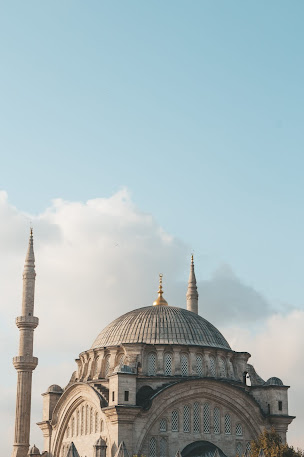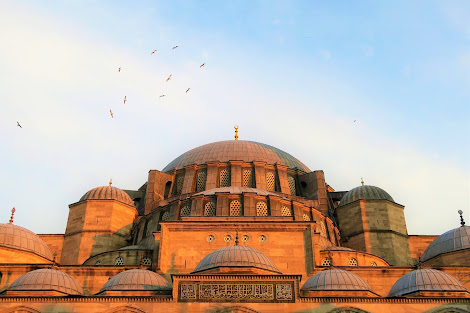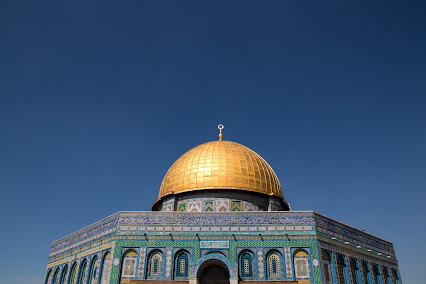Background :
Mimar Koca Sinan, the ''Great Architect Sinan'', was born in Anatolia, Turkey in 1489, he died in Istanbul in 1588. In general, think of him as the greatest Ottoman architect, Sinan's career spanned 50 years since he was appointed chief architect by an Ottoman court by Sultan Suleyman I in 1539. His great mosques are the representative image of Turkish Ottoman architecture.
During his long career, Sinan built hundreds of buildings including temples, palaces, palaces, churches, tombs, schools, madrassahs, caravanserais, fountains, canals, and hospitals.
The Heritage of Sinan :
Sinan's training at the Janissary Corps and his many connections to construction enhanced his vision and enhanced his skills. His travels with an army traversing a vast area of the country from the Mediterranean Basin from Anatolia to Italy.
Sinan was the first employed by Hurrem, the wife of Sultan Suleman I, to construct a Kulliye and a public bath. The Kulliye was a building complex consisting of a mosque, a hospital, a school, and a public kitchen.
Later, a mihrimah, Suleyman's daughter commissioned him to build adjoining churches in the Uskudar and Edirnekapi districts of Istanbul. Sinan was first commissioned by Suleyman I himself, it was the construction of Sehzade Cami built in memory of his first son, Sehzade Mehmed who died young.
Sinan historian Sai Mustafa Celebi, who was a friend of his, listed 343 buildings. During this long career, Sinan served three Sultans, Suleyman I, Selim II, and Murat III. His works include, Khorsow Pasha Mosque in Aleppo, Sultan Suleyman's Mosque in Damascus, AL-Haram AL Shareef in Al-Quds and Sultan Suleyman's school in Makkah, Mosque of Mehmed Pasha in Sofia and Herzegovina, Mustapha Pasha's Mosque of Ofen and the palace of Mehmed Pasha in Sarajevo.
 |
The Mosque of Khorsow Pasha in Aleppo |
 |
The Mosque of Sultan Suleyman in Damascus |
 |
The dome of AL-Haram AL Shareef in Al-Quds |
Early in his career as an architect, Sinan had to contend with traditionally established art. His training as a Military engineer led him to draw closer to architecture from a visual standpoint, rather than from theoretical.
By the time Sinan died, the Classical Ottoman Architecture had reached its climax. No follower was given enough to improve the structure of the Mosque and further developed it. Her student reverted to previous models, such as the Sehzade mosque,. The establishment ended, and it began to decline.





I found it informative. Good work
ReplyDeleteFound it informative, Good work
ReplyDeleteInformative.
ReplyDelete